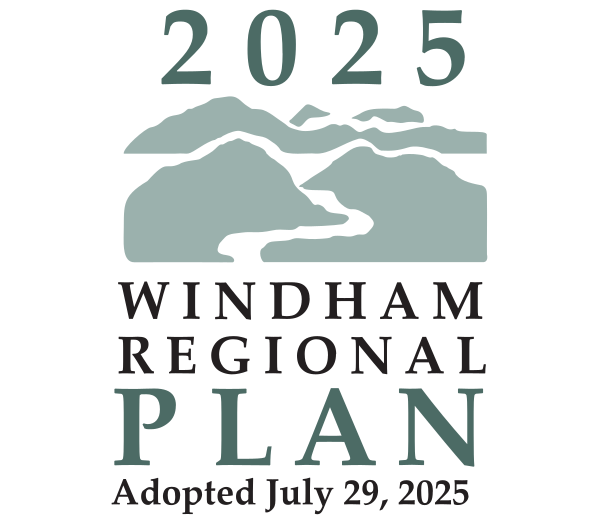Transportation
Freight
The import and export of goods by truck and rail is a critical piece of the Windham Regional economy and ensuring the safe and efficient movement of goods along our highways and railroads is a vital to ensure residents and businesses have access to needed goods and services. This is closely linked with best practices in town highway roadway and bridge construction and maintenance, and it is important that our region’s roads and bridges are maintained at a level adequate to support necessary freight traffic. Furthermore, freight traffic is a significant contributor to overall emissions from transportation and improving the efficiency and resiliency of the freight sector is necessary to meet the goals outlines in the Vermont Climate Action Plan.
According to the 2021 Vermont Freight Plan, one-third of Vermonters are employed in “freight reliant industries,” defined as businesses within the manufacturing, utilities, construction, wholesale, retail trades, and agriculture sectors. These sectors account for approximately one-third of the State’s total Gross Domestic Product (GDP). As of 2018, truck transport accounted for 84% of all goods moving within, into, and out of Vermont, with rail accounting for a further 15%. In total, 46.7 million tons of freight were moved through the state in 2018, and this number is expected to increase to 78.7 million tons by 2045. More information on statewide freight trends and future projections is available in the 2021 Vermont Freight Plan.
New England Central Railroad is the largest freight rail company in the Windham Region. New England Central rail lines run the length of the Connecticut River Valley in southeastern Vermont, from the Massachusetts border to White River Junction, then travel northwest to Burlington by way of Montpelier before terminating at the Canadian border. New England Central also provides freight connection to Massachusetts and Connecticut, with lines running south to the major junction with at Palmer, MA before continuing to New London, CT. This north-south route also provides freight connection to Boston by way of CSX lines in Massachusetts. Additionally, there is a short section of freight rail owned by Green Mountain Railroad in the Windham Region. This line begins in Bellows Falls and runs northwest parallel with Route 103 through Rockingham, before crossing into Windsor County and continuing on to Rutland.
E-commerce deliveries represent an increasingly large proportion of total freight traffic in the region, and the fulfillment of online orders directly to consumer’s homes increased dramatically during the Covid-19 pandemic. While historically freight was moved primarily to major commercial centers in the region, such as Brattleboro, Bellows Falls, and Wilmington, these goods are now being delivered direct to consumers across rural towns. This has significantly increased truck traffic on rural roadways, particular Class 3 town highways that historically did not handle large volumes of commercial vehicles. While the long-term impacts of this trend remain to be seen, initial indications are that commercial vehicle traffic from deliveries has placed an increased burden on rural, unpaved town highways, in particular during winter and mud season, where larger, heavier vehicles may be unable to successfully navigate difficult road conditions. This is a concerning trend within the Windham Region, and it is critical that we work to limit the impact of changing trends in commercial traffic on our region’s vulnerable rural roadways.
